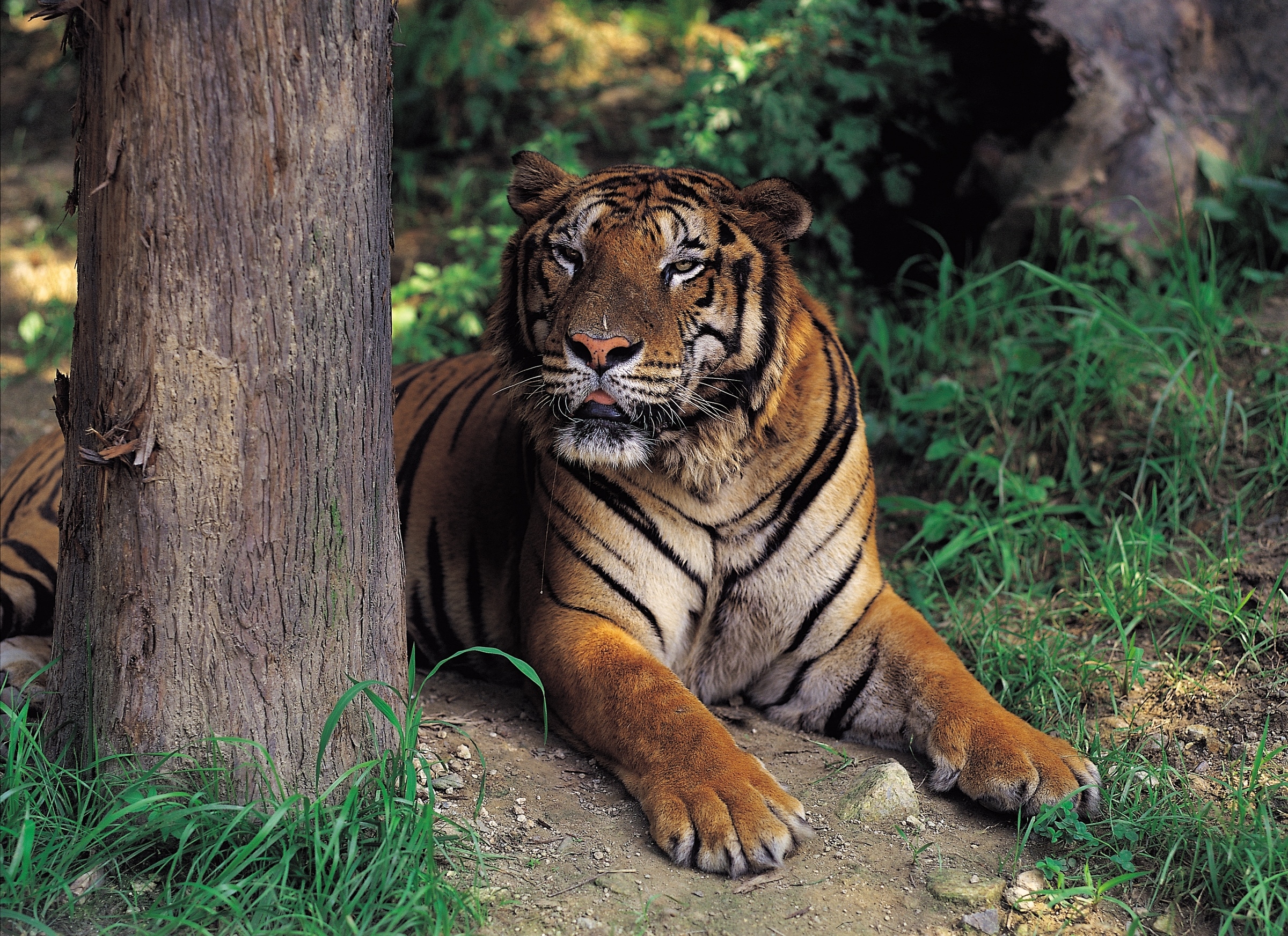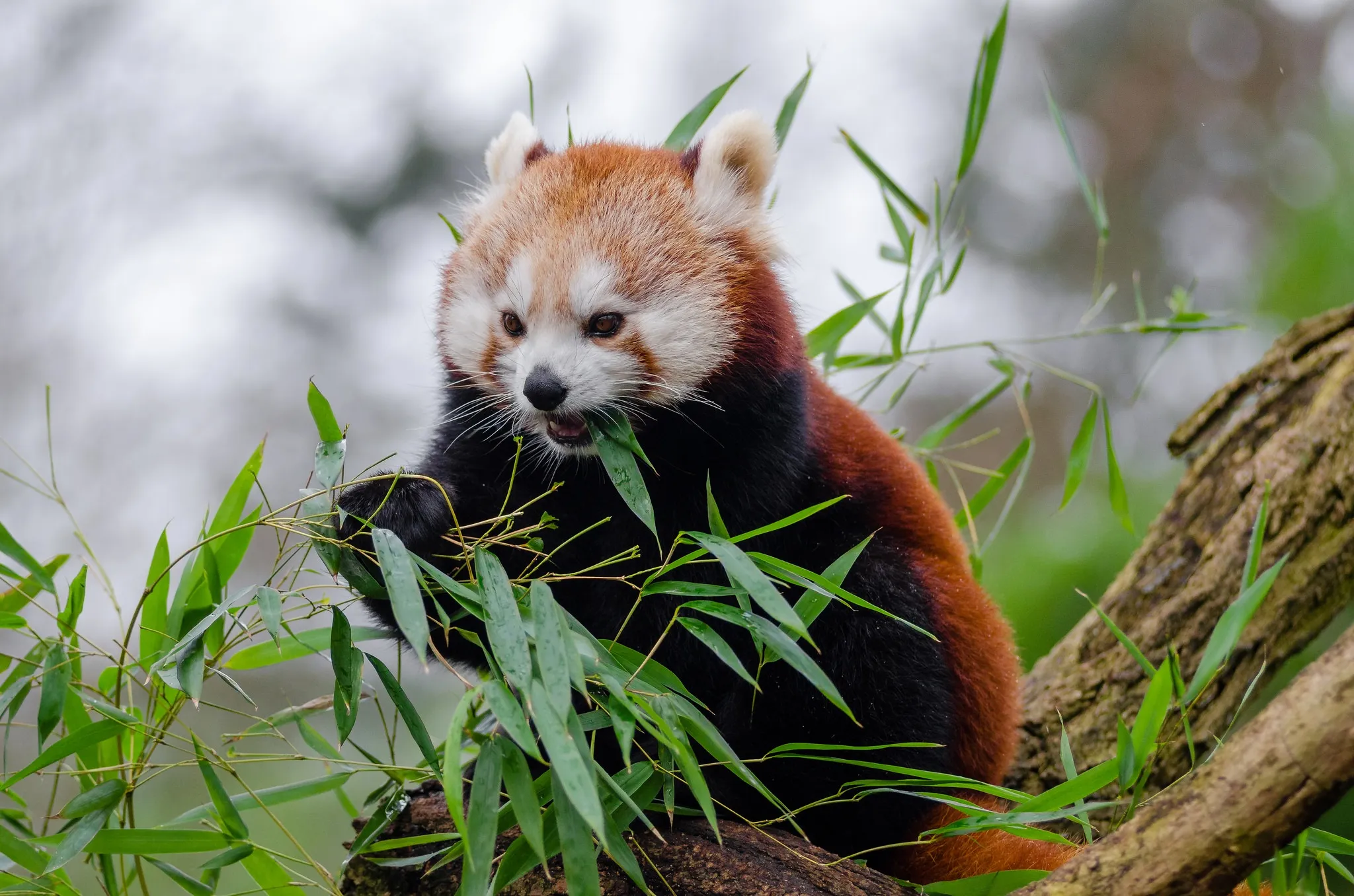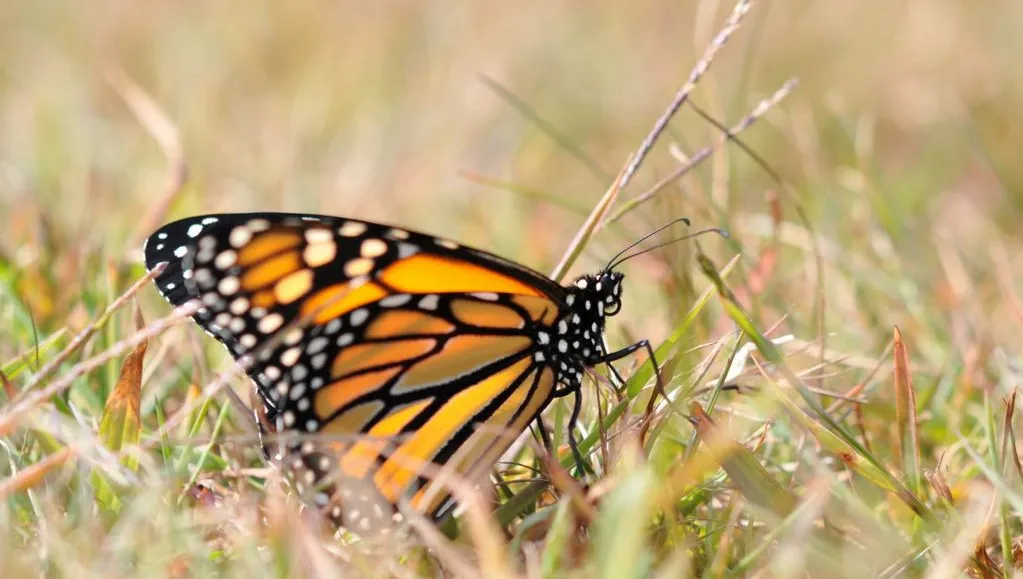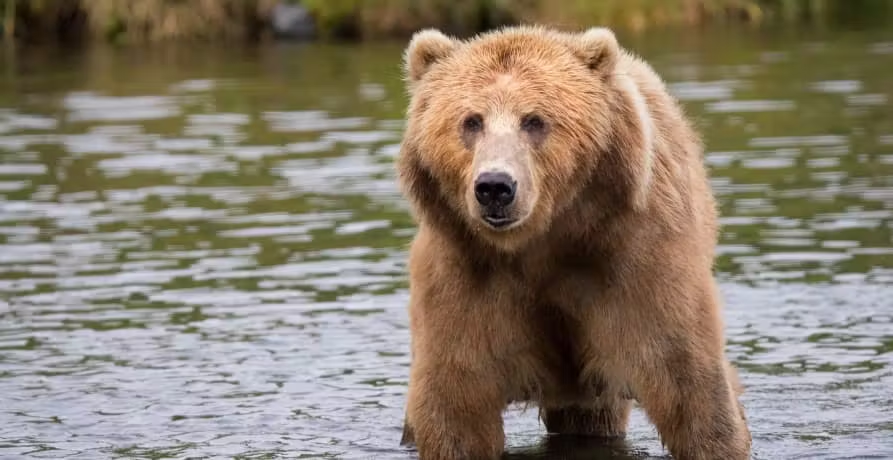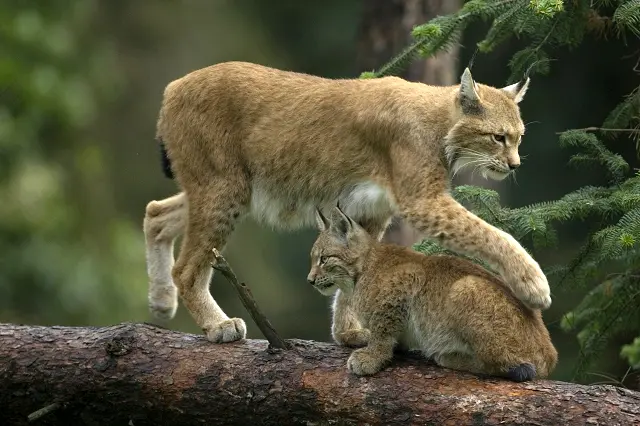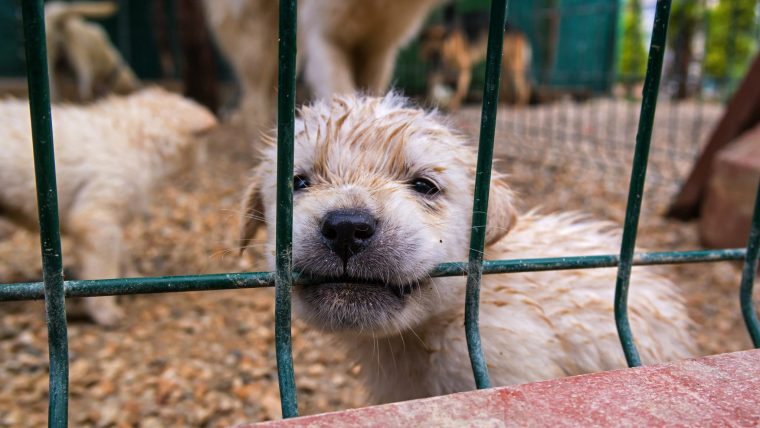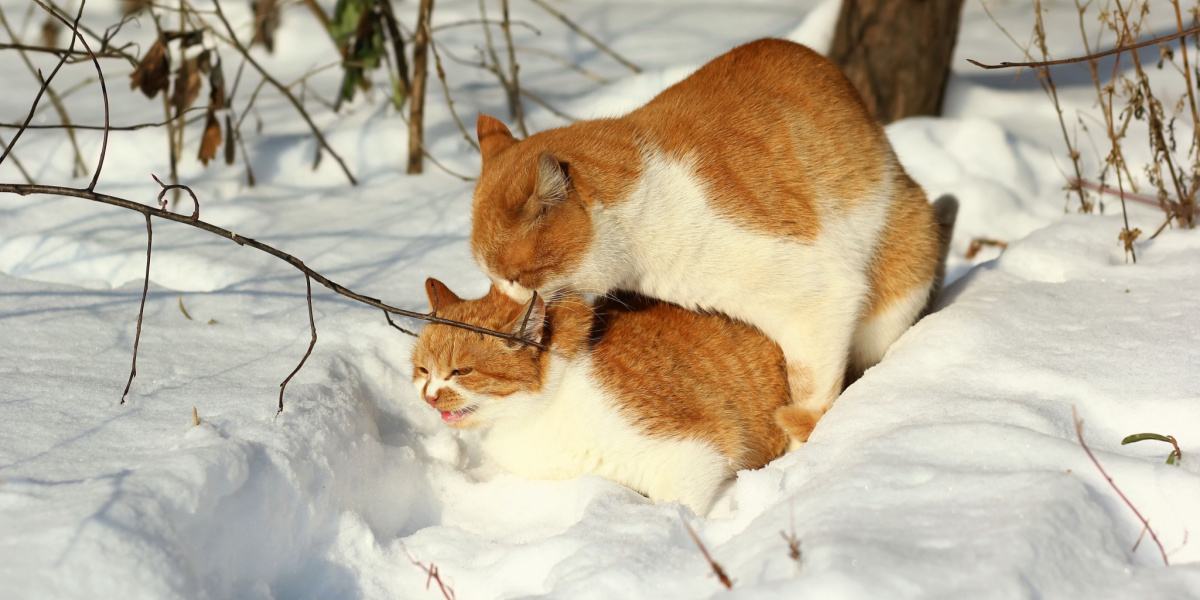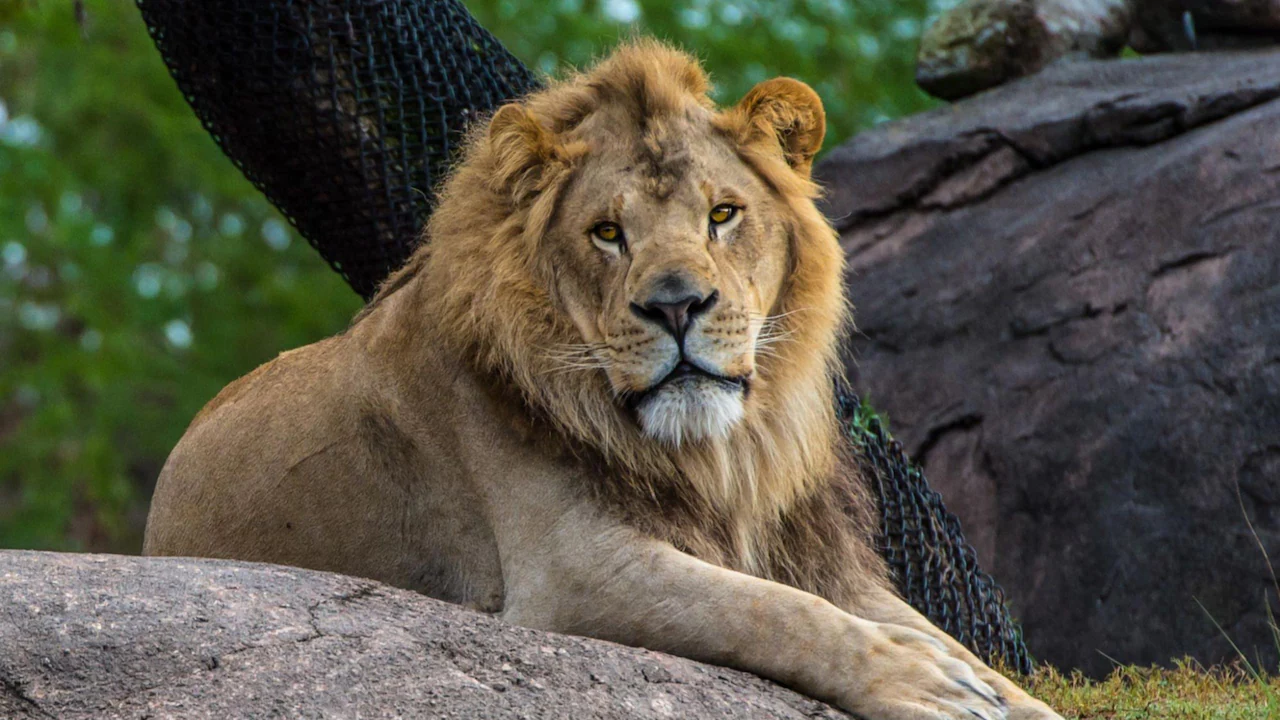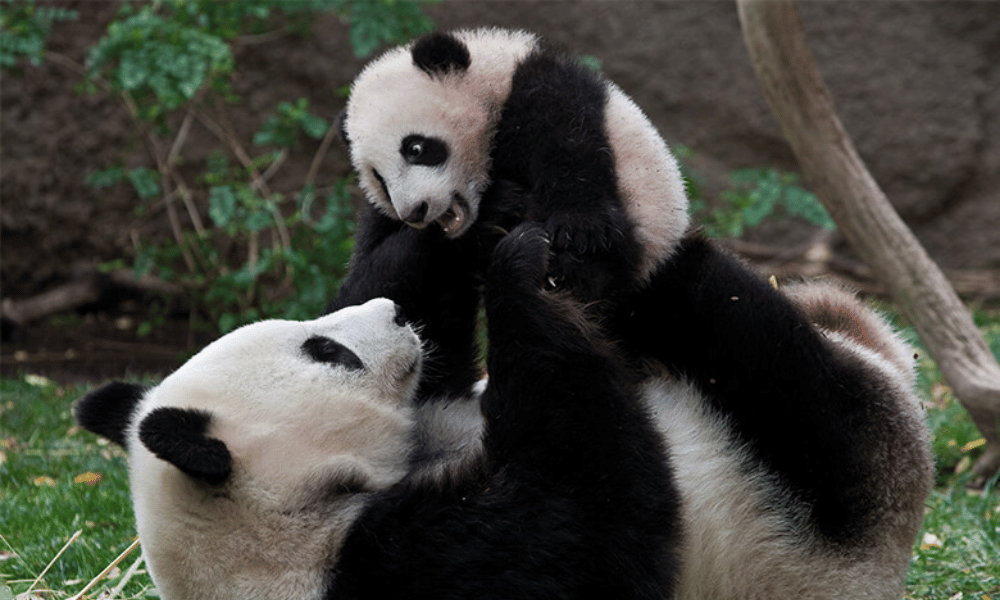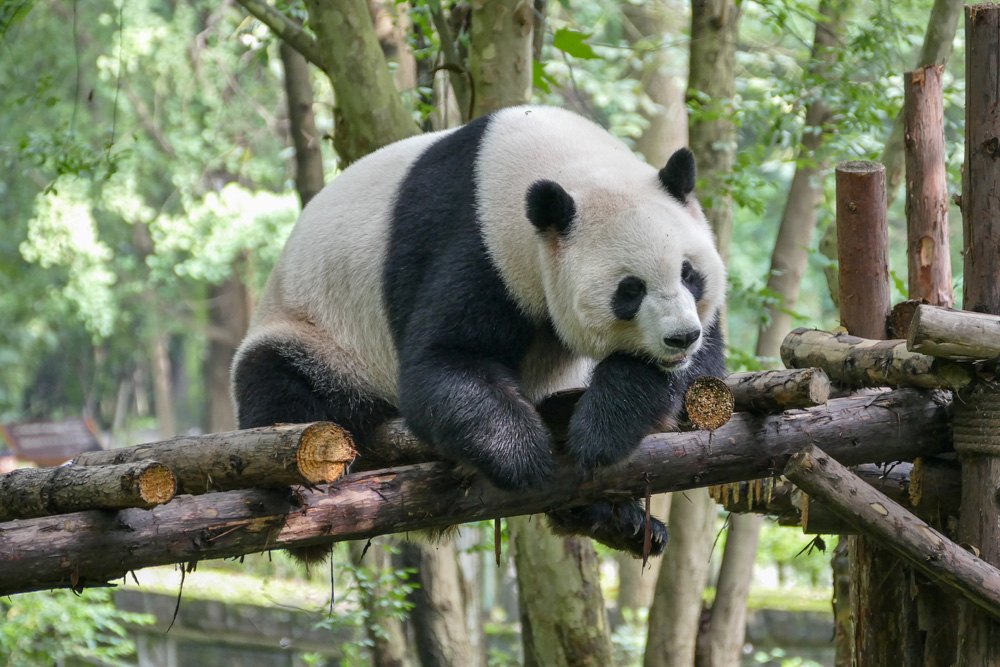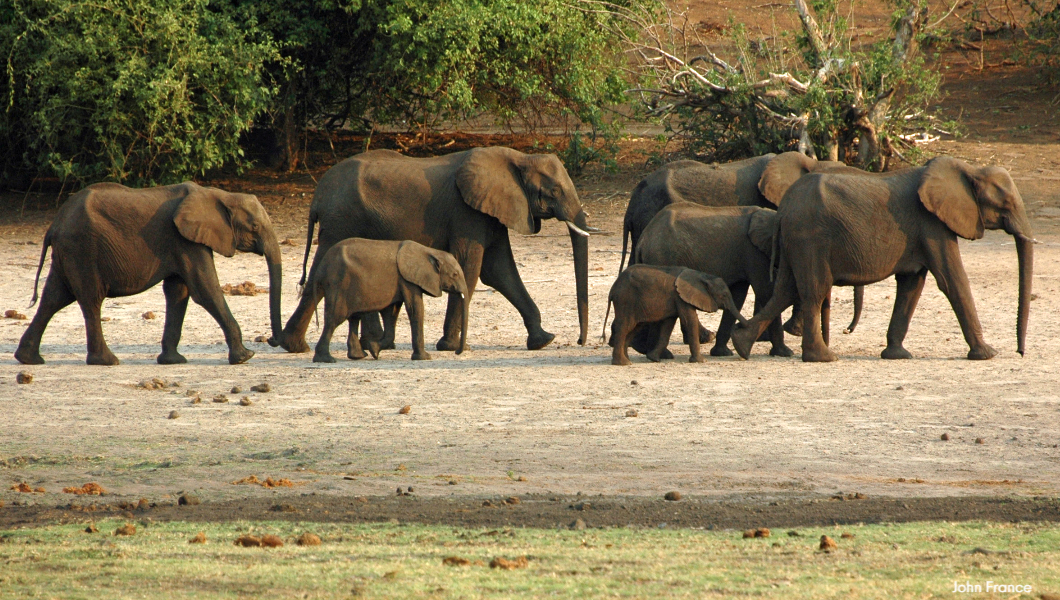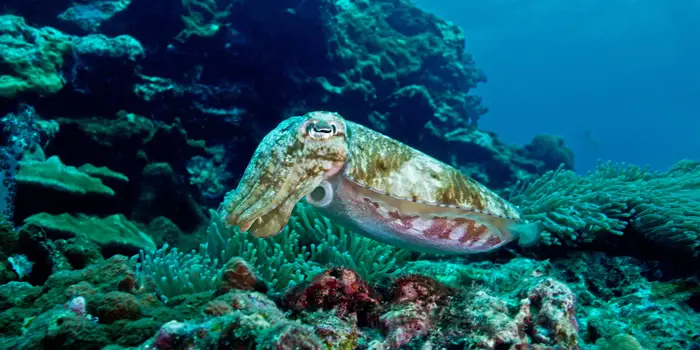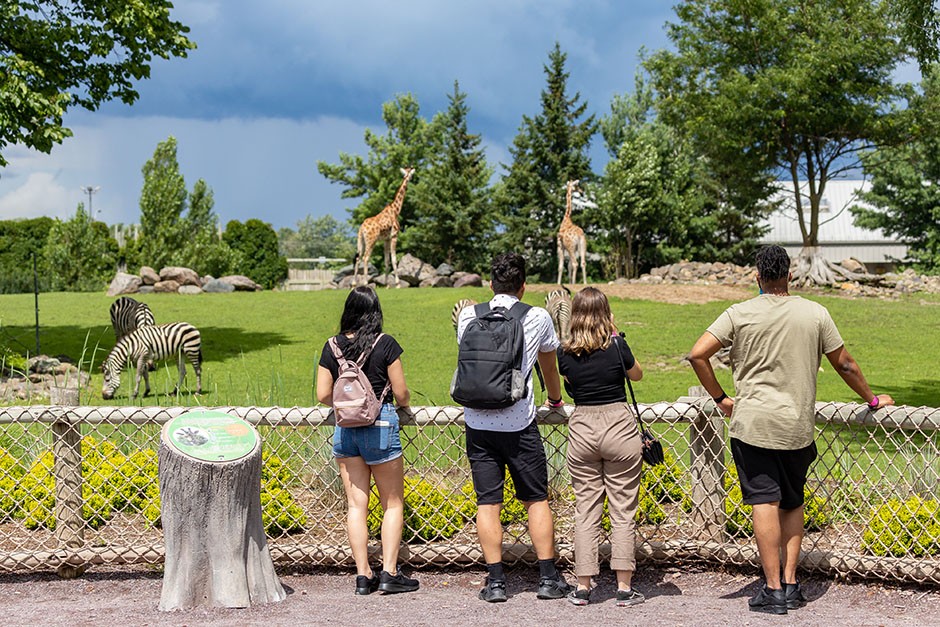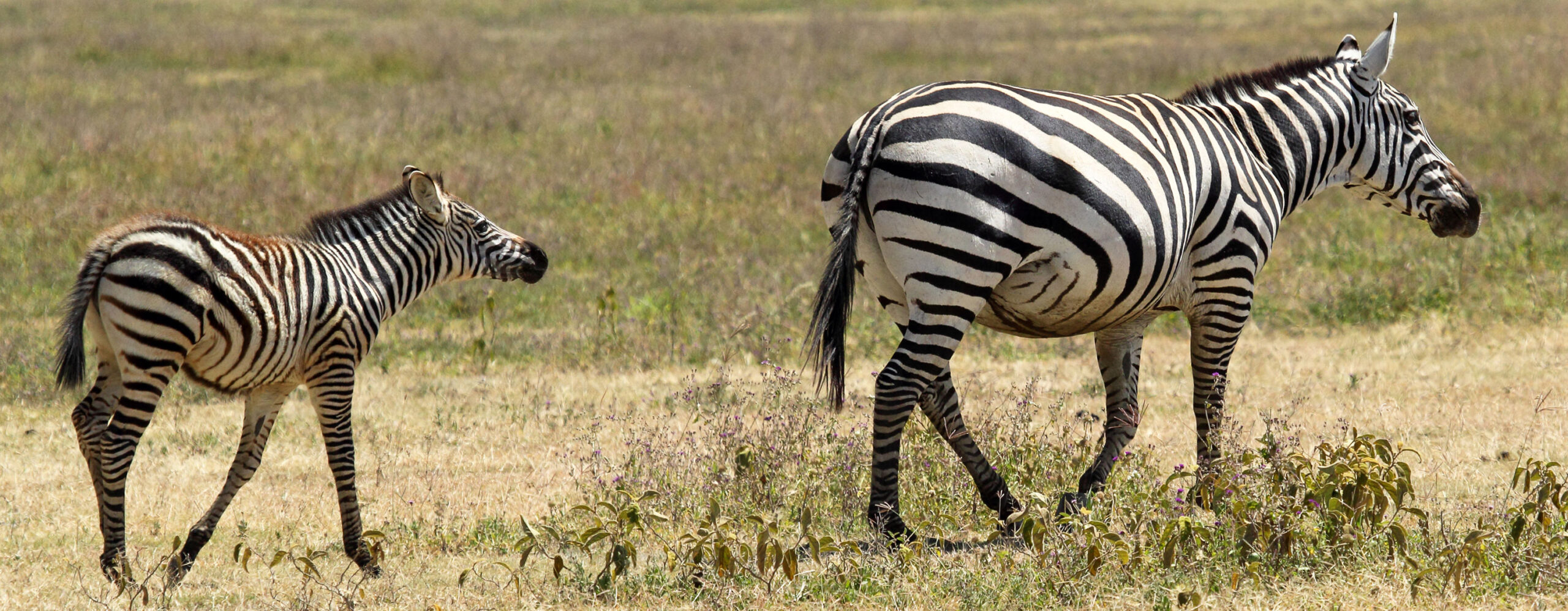Animals captivate us with their diversity, from the stealth of a leopard to the intricate dance of a honeybee. The science of animal life, or zoology, unravels the mysteries behind their behaviors, adaptations, and survival. I still recall my awe watching a documentary on octopuses changing color to blend into coral reefs—it sparked a lifelong fascination with how animals thrive in their environments. This article dives deep into the science of animal life, exploring key principles, real-world examples, and practical ways to engage with this fascinating field, all while inspiring a deeper appreciation for the creatures that share our planet.
What Is the Science of Animal Life?
Zoology, the study of animals, encompasses their biology, behavior, evolution, and interactions with ecosystems. It’s a field that bridges curiosity and discovery, revealing how creatures adapt to challenges like climate change or predation. By understanding animal life, we gain insights into biodiversity and our role in preserving it.
Why Zoology Matters
Zoology informs conservation, veterinary medicine, and even human health by studying animal models. It helps us protect endangered species and maintain ecological balance. From backyard birdwatchers to lab researchers, zoology connects us to the natural world.
1. Animal Classification: Organizing Life’s Diversity
Classifying animals into groups like mammals, reptiles, or insects helps scientists understand their evolutionary relationships. Walking through a zoo with my kids, I was struck by how a simple taxonomy chart made sense of the chaotic variety of creatures we saw. It’s like a family tree for the animal kingdom.
How Animals Are Classified
Animals are grouped by shared traits, such as vertebrates (with backbones) or invertebrates. The system, developed by Carl Linnaeus, uses ranks like kingdom, phylum, and species. For example, a lion is Panthera leo in the Mammalia class, sharing traits like fur and nursing young.
Tools for Learning Classification
Online databases like the Integrated Taxonomic Information System offer detailed classification data. Apps like Merlin Bird ID help amateurs identify species in real-time, making taxonomy accessible to everyone.
| Classification Level | Example (Lion) | Key Trait |
|---|---|---|
| Kingdom | Animalia | Multicellular, motile |
| Class | Mammalia | Fur, milk production |
| Species | Panthera leo | Distinctive mane in males |
Pro Tip: Use apps like iNaturalist to log sightings and contribute to global species databases.
2. Adaptations: Nature’s Engineering Marvels
Adaptations are traits animals develop to survive, like a giraffe’s long neck for reaching treetop leaves. Watching a chameleon shift colors during a trip to Madagascar left me marveling at nature’s ingenuity. These traits evolve over generations, driven by natural selection.
Types of Adaptations
Structural adaptations (e.g., a bird’s hollow bones) aid physical survival, while behavioral adaptations (e.g., wolves hunting in packs) enhance group success. Physiological adaptations, like a camel’s water-storing hump, allow survival in extreme environments.
Pros and Cons of Studying Adaptations
Pros:
- Reveals how animals thrive in diverse habitats.
- Informs conservation strategies.
- Inspires biomimicry for human technology.
Cons: - Requires long-term observation.
- Complex genetic studies can be costly.
- Misinterpretation can lead to flawed conclusions.
3. Animal Behavior: Decoding Instinct and Intelligence
Animal behavior studies how creatures interact with their environment and each other. I once watched ants form a perfect line to carry food, a reminder that even tiny creatures exhibit complex social systems. Ethology, the study of behavior, reveals instincts and learned actions.
Key Behavioral Concepts
Innate behaviors, like a spider spinning a web, are hardwired, while learned behaviors, like a dolphin using tools, develop through experience. Social behaviors, such as elephant herds protecting calves, showcase cooperation critical for survival.
Where to Observe Animal Behavior
Visit sanctuaries like the Jane Goodall Institute for primate behavior studies or join citizen science projects via Zooniverse. Local nature reserves also offer chances to observe wildlife in action.
| Behavior Type | Example | Purpose |
|---|---|---|
| Innate | Bird migration | Seasonal survival |
| Learned | Chimp tool use | Problem-solving |
| Social | Wolf pack hunting | Group efficiency |
4. Ecology: Animals in Their Ecosystems
Ecology examines how animals interact with their environments, from predators to pollinators. During a hike in Yellowstone, I saw how wolves shape the landscape by controlling deer populations. Animals are key to maintaining ecosystem balance.
Roles of Animals in Ecosystems
Keystone species, like beavers creating wetlands, have outsized impacts. Pollinators, such as bees, support plant reproduction, while decomposers like vultures recycle nutrients. Each role sustains the web of life.
Best Tools for Studying Ecology
Apps like eBird track bird populations, aiding ecological research. Field guides from National Geographic offer insights into local ecosystems, perfect for beginners and experts alike.
Pro Tip: Join local ecology groups to participate in habitat restoration projects.
5. Physiology: The Mechanics of Animal Bodies
Animal physiology explores how bodies function, from a cheetah’s sprint to a whale’s deep dive. I remember dissecting a frog in biology class, amazed at how its tiny heart powered such agility. Physiology reveals the inner workings that keep animals alive.
Key Physiological Systems
Respiratory systems vary, from fish gills to mammal lungs. Circulatory systems, like those in birds, support high-energy activities. Unique adaptations, such as a kangaroo’s efficient hopping muscles, highlight physiological diversity.
Resources for Learning Physiology
Online courses from Coursera cover animal physiology basics. Museums like the Smithsonian National Museum of Natural History offer exhibits on comparative anatomy for hands-on learning.
| System | Example Animal | Unique Feature |
|---|---|---|
| Respiratory | Fish | Gills extract oxygen from water |
| Circulatory | Bird | High-efficiency heart for flight |
| Muscular | Kangaroo | Elastic tendons for hopping |
6. Evolution: The Story of Animal Diversity
Evolution explains how animals diversified over millions of years through natural selection and genetic variation. Fossils I saw at a museum, like those of early whales with legs, brought this process to life. It’s the backbone of zoology.
Mechanisms of Evolution
Natural selection favors traits that enhance survival, like a peacock’s vibrant tail for mating. Genetic drift and mutations introduce new traits, while speciation creates new species, such as Darwin’s finches.
Conservation and Evolution
Understanding evolution helps predict how animals adapt to changing environments. Organizations like the World Wildlife Fund use evolutionary data to prioritize species conservation, ensuring genetic diversity.
Pros and Cons of Evolutionary Studies
Pros:
- Explains biodiversity origins.
- Guides conservation priorities.
- Enhances medical research via animal models.
Cons: - Requires complex genetic analysis.
- Fossil records can be incomplete.
- Ethical concerns in experimental studies.
7. Conservation Biology: Protecting Animal Life
Conservation biology applies zoological knowledge to protect species from extinction. Volunteering at a sea turtle nesting site taught me how small actions, like shielding nests, make a big difference. This field combines science and action to save wildlife.
Threats to Animal Life
Habitat loss, climate change, and poaching threaten countless species. For example, coral reef bleaching impacts marine life, while deforestation endangers orangutans. Conservation biology seeks solutions to these challenges.
How to Support Conservation
Donate to organizations like the International Union for Conservation of Nature. Use apps like WWF Together to track conservation efforts or volunteer at local wildlife centers.
| Threat | Impact | Solution |
|---|---|---|
| Habitat Loss | Reduced populations | Protected reserves, reforestation |
| Climate Change | Altered ecosystems | Carbon reduction, habitat restoration |
| Poaching | Species decline | Anti-poaching patrols, education |
Comparing Core Zoological Disciplines
| Discipline | Focus | Key Insight | Career Path |
|---|---|---|---|
| Classification | Taxonomy | Organizes diversity | Museum curator, taxonomist |
| Ethology | Behavior | Explains instincts | Animal trainer, researcher |
| Ecology | Ecosystems | Studies interactions | Wildlife biologist, park ranger |
| Physiology | Body functions | Reveals adaptations | Veterinarian, zoologist |
| Conservation | Species protection | Prevents extinction | Conservationist, policy advocate |
People Also Ask (PAA)
What is the science of animal life called?
Zoology is the scientific study of animals, covering their biology, behavior, and ecosystems. It helps us understand how animals survive and interact with their environments.
Where can I study animal science?
Universities like Cornell and Oxford offer zoology programs. Online platforms like edX provide accessible courses, while local zoos offer workshops.
What tools are used in zoology?
Field tools include binoculars and camera traps, while lab tools like microscopes and DNA sequencers analyze specimens. Apps like iNaturalist aid in species identification.
How does zoology help conservation?
Zoology identifies species’ needs, guiding habitat protection and breeding programs. Organizations like the Zoological Society of London apply these insights to save species.
FAQ Section
What is zoology?
Zoology is the scientific study of animals, exploring their biology, behavior, evolution, and ecological roles. It spans disciplines like taxonomy, ethology, and conservation.
Where can I learn more about animal science?
Enroll in online courses via Coursera or visit museums like the Smithsonian. Local wildlife centers and apps like eBird offer hands-on learning.
What are the best tools for studying animals?
Binoculars, camera traps, and apps like Merlin Bird ID are great for field studies. Lab tools include microscopes and genetic sequencing kits for deeper analysis.
How can I contribute to animal conservation?
Volunteer at wildlife sanctuaries, donate to NGOs like WWF, or adopt sustainable habits. Apps like Ecosia fund conservation through everyday searches.
Why is animal behavior important?
Understanding behavior helps predict how animals adapt to changes, informs conservation, and improves animal welfare in captivity. It’s key to protecting species.
Final Thoughts: Embrace the Science of Animal Life
The science of animal life opens a window into the incredible diversity of our planet, from the mechanics of a cheetah’s sprint to the social bonds of an elephant herd. My experiences, from dissecting frogs to watching wolves in Yellowstone, have shown me how zoology connects us to nature. By exploring classification, adaptations, behavior, ecology, physiology, evolution, and conservation, you can deepen your understanding and take action. Support conservation through WWF, join citizen science projects on Zooniverse, or simply observe wildlife in your backyard. Let’s celebrate and protect the wonders of animal life together.
